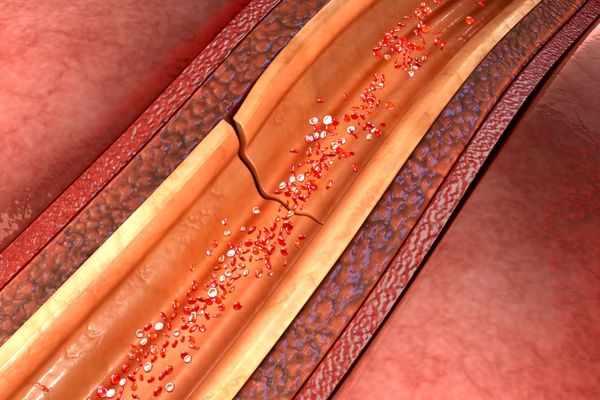If you're not already taking good care of your heart, now's the time to start. Heart disease is the No. 1 killer among women and men in the United States. Many risk factors increase your chances of developing heart disease, including high blood pressure, high cholesterol, diabetes and being overweight.
Luckily, one of the best ways to protect your heart and reduce your risk is by eating a heart-healthy diet. Here are five steps to get you on the right track.
1. Load up on fruits, vegetables and whole grains.
These three factors are the keys to a heart-healthy diet. Balance your meals with a mix of these high-fiber foods, and feel free to include legumes and nuts as well. Fiber helps regulate blood pressure and keeps you feeling full longer. Aim for 4 1/2 cups of fruits and veggies a day and at least 3 ounces of whole grains.
2. Watch unhealthy fat and cholesterol.
Limiting the amount of saturated and trans fats you eat can help you lower your cholesterol levels and reduce your risk of coronary artery disease. Choose healthy fats like those found in olive oil, canola oil and trans fat-free margarine instead of the ones in butter, creamy sauces, hydrogenated margarine and shortening. Look for monounsaturated fats and polyunsaturated fats, like the ones found in healthy oils, nuts, seeds, soy (tofu) and seafood.
3. Reduce your sodium intake.
Too much sodium can result in high blood pressure. Start by reducing the amount of salt you use as a seasoning when you cook, then begin paying attention to how much sodium is in the prepared foods you eat, like canned soup.
4. Go with low-fat protein.
Protein is an important part of your diet, but some types are better than others. Stay away from full-fat dairy products, egg yolks, fatty meats and cold cuts. Instead, opt for low-fat dairy, egg whites, lean meat, poultry, fish and legumes. Try starting a Meatless Monday tradition with your family and substitute plant protein for animal protein to reduce your fat and cholesterol intake.
5. Make a meal schedule.
Knowing what to eat and what to avoid is just the beginning of maintaining a heart-healthy diet. To ensure that you stick to the plan, create a meal schedule for your household once a week. Choose heart-healthy recipes and add the ingredients you need to buy to your shopping list. This not only can help ensure a healthy diet, but it could also lower your grocery bills.
Find out more about heart-healthy cooking.
- What Worries Women About Their Heart Health? ›
- What Is the Mediterranean Diet? ›
- How to Stay Heart-Healthy After Menopause ›
- 5 Easy Ways to Make Your Home Heart-Healthy ›
- 15 Heart-Healthy Foods You Should Be Eating ›
- What Is a Heart-Healthy Diet? - HealthyWomen ›
- 3 Steps to Heart-Healthy Cooking - HealthyWomen ›






